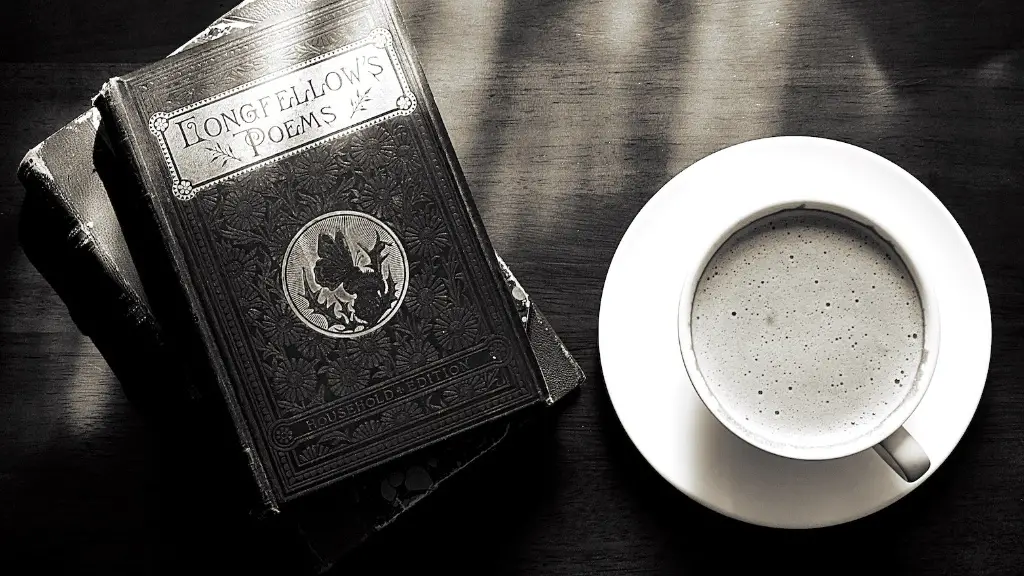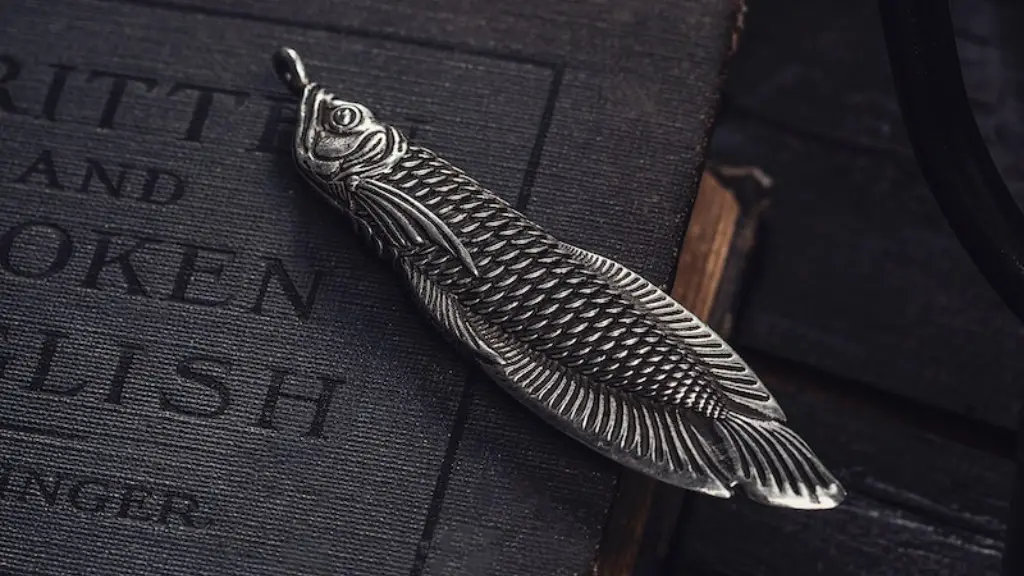1. Introduction To Apostrophe In Poetry
In poetry, an apostrophe is a figure of speech that is used to directly address an object, person, culture, or idea with emphatic force. This technique allows for true feelings of the speaker to be represented. It is one of the elements of rhetoric and can be found in many different forms of poetry from classic to modern. Though the basic purpose of an apostrophe is to implore something, they can also be used to show strong emotions, denounce something, criticize, or even beg.
2. Types Of Apostrophes In Poetry
There are three main types of apostrophes in poetry. The first is an implicit apostrophe, which occurs when the speaker is vaguely referring to something. The second is an explicit apostrophe, which occurs when the speaker is directly addressing something. The third is an implied apostrophe, which is when the speaker is implying something but not directly addressing it.
3. Examples Of Apostrophe In Poetry
An example of an implicit apostrophe in poetry is in William Shakespeare’s famous sonnet, “Sonnet 18”, in which he is alluding to the end of summer, thus referring to the heat and the beauty of summer without actually mentioning it:
“Shall I compare thee to a summer’s day?
Thou art more lovely and more temperate.”
An explicit apostrophe is found in William Blake’s “The Tyger” when he is directly asking the entity responsible for creating the tiger:
“What immortal hand or eye
Could frame thy fearful symmetry?”
An example of an implied apostrophe is found in Percy Bysshe Shelley’s “Ozymandias”, which calls upon the image of the monolithic statue without actually naming it:
“My name is Ozymandias, king of kings:
Look on my works, ye Mighty, and despair!”
4. Applications Of Apostrophe In Poetry
The usage of apostrophe in poetry can be used to represent a variety of emotions, ranging from awe and admiration to envy and anger. They can also be used as a tool to criticize and denounce, as seen in many classic works. For example, Percy Bysshe Shelley’s “Ozymandias” calls upon an image of a monolithic statue in a powerful confrontation that is meant to evoke the limits of man’s mortality and powerlessness.
On the other hand, an apostrophe in poetry can also be used to express admiration and adoration, as seen in William Blake’s “The Tyger”. The use of apostrophe allows for the poet to express his awe and admiration for nature in a powerful address to the “immortal hand or eye” that created the tiger.
5. Effects Of Apostrophe In Poetry
The use of apostrophe in poetry can have a powerful effect on readers. An apostrophe instantly brings an element of intrigue and emotion to a poem, as the reader is suddenly pulled into the perspective of the speaker and invited to imagine the object or person being addressed. This allows for an emotional connection that can truly touch a reader’s heart.
It can also be used as a tool to evoke thought within the reader, such as in Shelley’s “Ozymandias”. Here, the use of apostrophe allows for the reader to confront the limits of man’s power and mortality by considering the eventual decay of the monolithic statue.
6. Modern Uses Of Apostrophe In Poetry
Though apostrophe is mainly found in classic works, it is still used in modern poetry. Contemporary poets often use apostrophe in poems to express strong emotions and profound thoughts in a powerful address. The effect of apostrophe is still strongly felt in modern works, as many poets use this technique to make direct and powerful appeals to the reader.
For example, the poem “ Ode to a Paperclip” by Carl Dennis is a modern example of an apostrophe used to express admiration for an ordinary object:
“But to you, old friend,
first in a long line of useful things
I owe special gratitude for the hours
of work I’ve saved
by your never failing attention.”
7. Influential Uses Of Apostrophe In Poetry
Apostrophe is one of the most influential devices in poetry. Through the ages, many classic literary works have used this technique to deliver powerful messages and evoke emotion in readers. Shakespeare’s “Sonnet 18”, Blake’s “The Tyger”, and Shelley’s “Ozymandias” are just a few examples of this device being used in powerful literary works.
Though the use of apostrophe in poetry is often subtle and implicit, its ability to evoke emotion is still strong. This technique allows for the poet to directly address their audience and captures feelings that may otherwise be difficult to express in words. By using this device, poets are able to create powerful works that are deeply affecting and meaningful.
8. Advantages Of Using Apostrophe In Poetry
The advantages of using apostrophe in poetry are vast. It allows for the poet to make a powerful address, which can be used to express admiration and adoration, criticism and denounce, or even evoke profound thoughts. It also allows for a personal touch where the speaker’s true feelings can be expressed more effectively.
Moreover, apostrophe is an element of rhetoric that can be used in various forms of poetry, from traditional to modern, thus creating a sense of unity in the poetic world. This allows for readers to not only listen to a singular voice, but also to recognize what all poets share in common.
9. Disadvantages Of Using Apostrophe In Poetry
The main disadvantage of the use of apostrophe in poetry is that it can be overused. If a poet uses apostrophes too often, it can become repetitive and dull, thus losing its effectiveness. This is especially true in modern poetry, where too many appeals can make a poem seem disingenuous.
Also, if not used carefully, an apostrophe can also be seen as pretentious. Using an appeal to an object or person without sufficient background information can make readers confused and frustrated. It is therefore important that a poet carefully chooses the words used in an apostrophe to ensure that the message is clear and concise.
10. Conclusion
In conclusion, apostrophe is an influential and powerful device that is used in poetry. It allows for the poet to make a direct address to an object, person, or idea, thus allowing for a deeper connection between the speaker and the audience. Though it must be used carefully to avoid overusing and pretentiousness, apostrophe can be used to effectively express emotion, admiration, criticism, and more.


